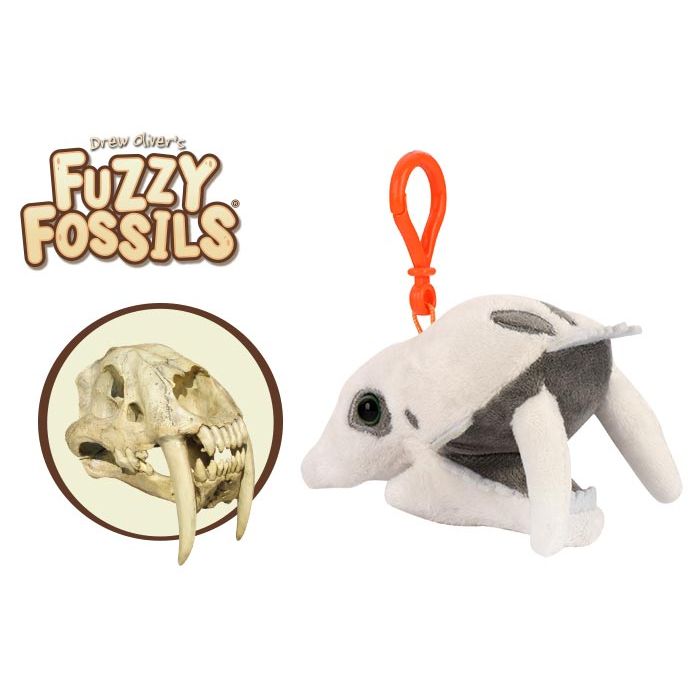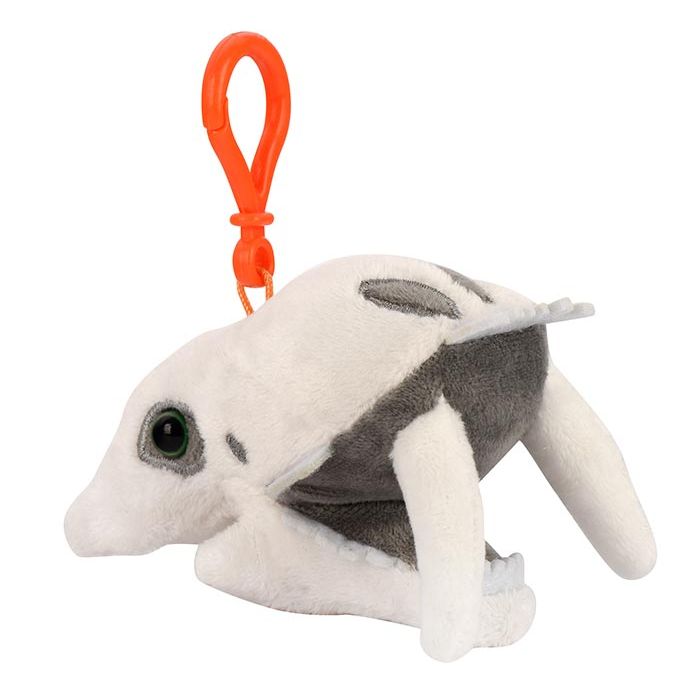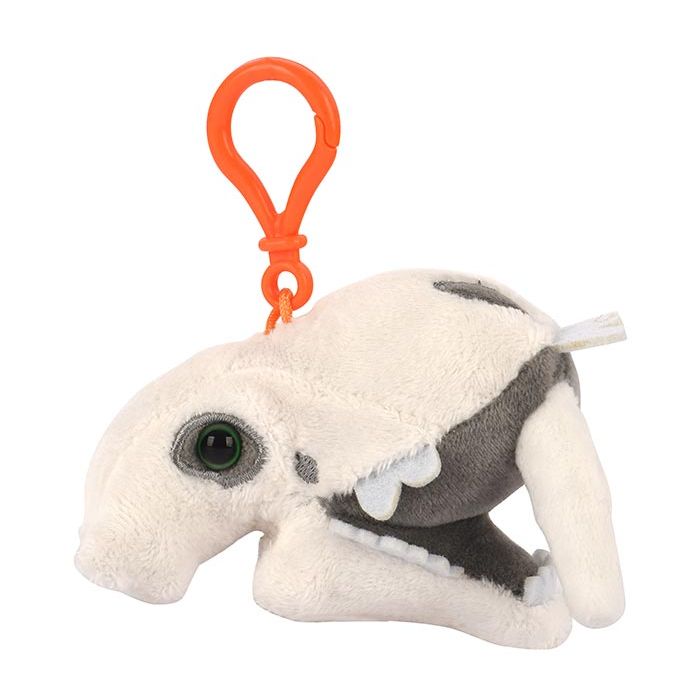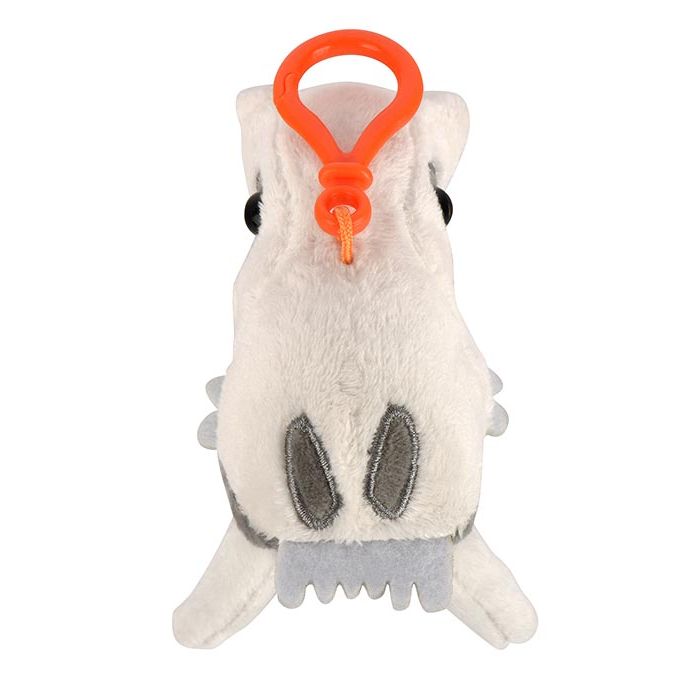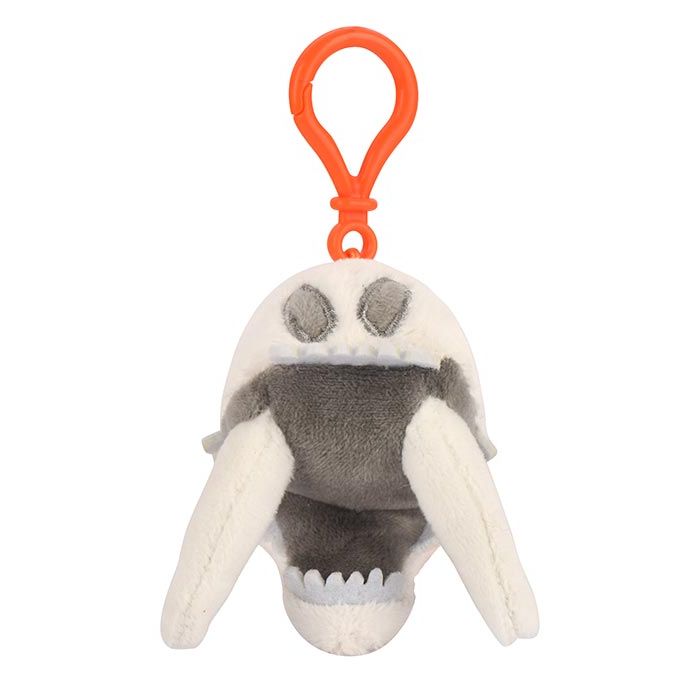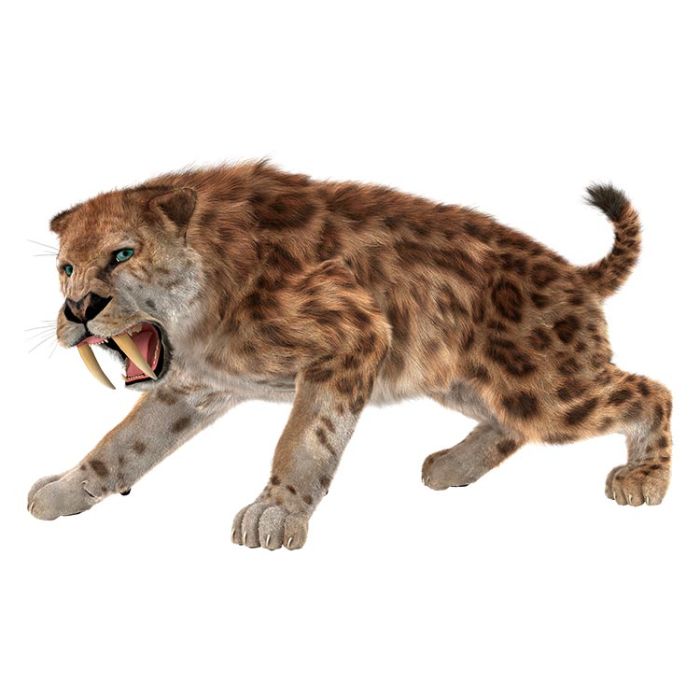Smilodon Skull (Saber-Toothed Tiger) Key Chain
Saber-toothed cats were members of the feline family, famous for their massive canine teeth. The most famous is smilodon, which lived for over 2 million years during the Pleistocene and Holocene epochs of the Quaternary period. Smilodon is sometimes called saber-toothed tiger, although it was not closely related to tigers.
Size: 3.5" plush on key chain clip
Product Details
Additional Information
| Sizes | Giantmicrobes are based on actual microbes, cells, organisms and other critters, only 1,000,000 times actual size! Gigantic (GG) 16-24" XL (XL) 10-15" Original (PD) 5-8" Keychain (KC) 2-4" with clip |
|---|---|
| Materials | Plush from all new materials. Stuffed with polyester fiber fill. Surface washable: sponge with water & soap, air dry. |
| Packaging | Each plush microbe includes a printed card with fun, educational and fascinating facts about the actual microbe or cell. |
| Safety | Every product meets or exceeds U.S. and European standards for safety. For ages 3 and up. |
All about Smilodon Skull (Saber-Toothed Tiger) Key Chain

Saber-toothed cats are known for their massive canine teeth. The most famous is smilodon, a powerful ice age superstar that lived for over 2 million years. Smilodon is sometimes called saber-toothed tiger, but it was not really a tiger.
Smilodon hunted giant sloths, camels and mammoths. It wrestled prey to the ground and delivered a killing stab with its saber teeth. Smilodon is well studied, with many bones excavated from caves, tar pits and other sites. Over 10,000 years ago as ice sheets melted, saber-toothed cats started to go extinct. Environmental pressures and fierce competition for food intensified by the arrival of humans likely played a role.








